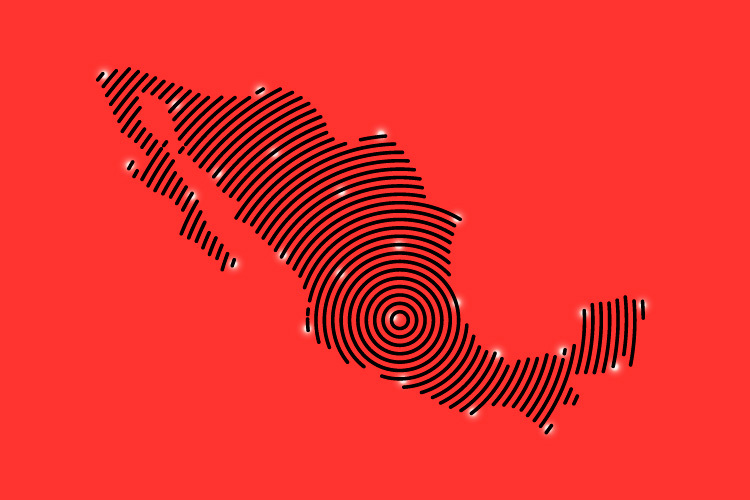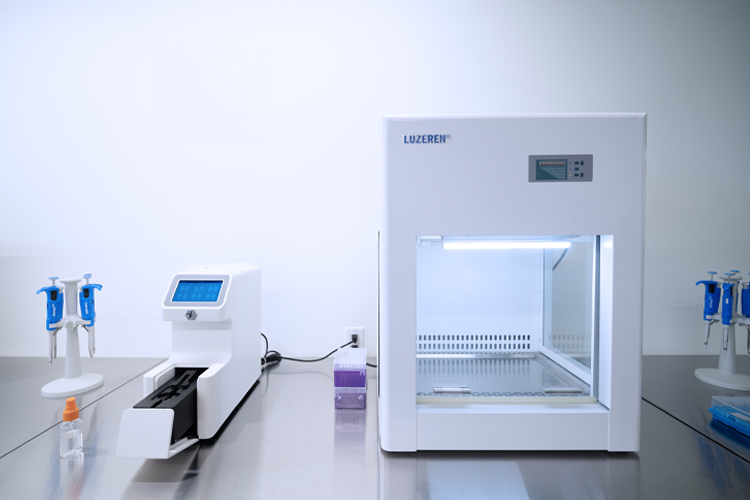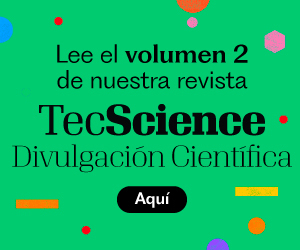Robberies targeting small businesses are among the most underreported crimes in Mexico. Many shop owners don’t report them due to the lack of trust in authorities or the long, complicated filing process.
More than 90% of crimes go unreported and uninvestigated by authorities. This phenomenon, known as the “dark figure” of crime, hampers the development of public policy because governments and police forces lack the full data they need to make informed decisions.
A Common but Invisible Problem
In the National Survey on Victimization and Perception of Public Safety (ENVIPE), individuals affected by crime cite reasons such as fear, distrust, or the belief that reporting is ineffective. For small businesses, which often operate with limited staff and resources, filing a report can feel like a waste of time with no real outcome.
As a result, this lack of reporting prevents governments from understanding the real scale of insecurity their citizens face.
This challenge became the starting point for Miguel Flores and Antonio Petz, researchers from the School of Social Sciences and Government at Tec de Monterrey. Their goal: create a tool to help municipalities identify areas vulnerable to unreported store robberies.
The tool also aims to support the development of public safety strategies for local police forces and municipal governments nationwide by tapping into public information and databases from Mexico’s National Institute of Statistics and Geography (INEGI).
How the Model Was Built
Flores and Petz have studied urban phenomena for nearly a decade. For this project, they developed a methodology that combines public data from INEGI, criminological theory, and geospatial analysis to identify areas highly vulnerable to store robberies.
The model detects patterns in business vulnerability. “This is a multidisciplinary effort,” says Flores. “It doesn’t just bring together data—it weaves together methods and theoretical frameworks from economics and sociology, along with statistical tools and geographic information systems.”
The first analysis focused on micro and small businesses in the Monterrey metropolitan area—stores with fewer than 10 employees and direct customer service. Petz classifies these businesses within the dark figure of crime because they have few resources and often face low-value thefts that authorities don’t prioritize. The lengthy, burdensome reporting process also discourages merchants from filing complaints.
Identifying Who Is Vulnerable—And Why
To understand the factors that influence store robberies, the researchers drew from criminological, economic, and social theories. They then selected variables aligned with those theoretical frameworks.
The team used data sets like the 2020 Population and Housing Census and the National Statistical Directory of Economic Units (DENUE) and also established a collaboration agreement with the Public Security Secretariat of Nuevo León to integrate geographically referenced crime data.
Petz explains that the team created an index of vulnerable economic activity, which identifies businesses most at risk of robbery based on characteristics such as size, type of service, and level of interaction with the public. At the same time, they developed a social development index, inspired by methodologies from the National Population Council. The index incorporates data on the socioeconomic context of each area—such as average education level, estimated income, quality of the environment, and access to services.
A Single Measure to Understand Risk
They used principal component analysis to condense multiple variables into a single measure. This helps show, in practical terms, which areas are more vulnerable. “If we have five variables, we reduce them to one,” Petz explains. “The goal is to organize all the variables in a unified direction: the higher the value, the more vulnerable the area.”
With these indicators, researchers can run spatial analyses and generate heat maps that show where robberies are concentrated. Using geographically weighted regression (GWR), the team confirmed that crime clusters in specific parts of the city.
Beyond the Stigma
One of the study’s key findings is that a business’s vulnerability doesn’t depend solely on the neighborhood where it’s located. “For the type of robbery we investigated, the surrounding area wasn’t a major factor,” says Petz. This doesn’t mean context is irrelevant, but that in this type of robbery, business characteristics weigh more heavily than neighborhood factors.
This helps avoid stigmatizing certain neighborhoods or communities. Instead, the model shifts the focus to the characteristics of the businesses themselves—such as the number of employees, infrastructure, type of service, or level of exposure. “We can start thinking about policies like connecting store alarm systems to monitoring centers or subsidizing the reinforcement of windows and doors. It’s more about addressing what we’re seeing within the businesses, rather than the social fabric around them,” he adds.
A Replicable Model for Other Municipalities
The next step is to scale this methodology. Petz emphasizes that it can be replicated in any municipality in the country, since it relies on public data that INEGI produces nationwide. Moreover, the approach can be adapted to other types of crime—such as domestic violence or car theft—by adjusting the variables based on the relevant criminological theory.
“This kind of tool supports local police forces in conducting intelligence work, carrying out prevention efforts, and even anticipating criminal activity,” says Petz. Flores says the project strengthens applied social science by providing data and maps for decision-making.
Did you find this story interesting? Would you like to publish it? Contact our content editor to learn more: marianaleonm@tec.mx

















